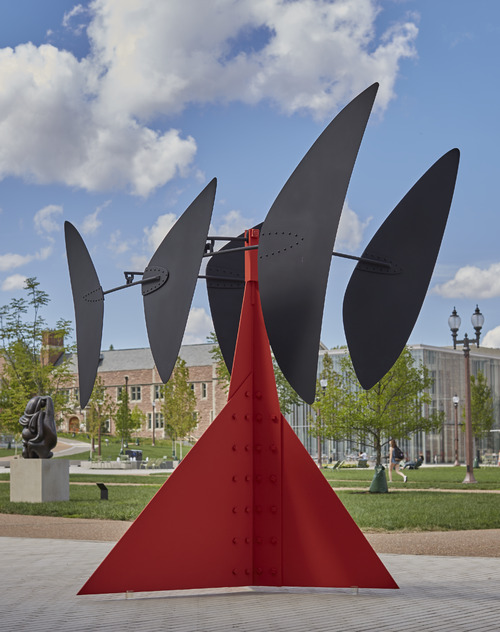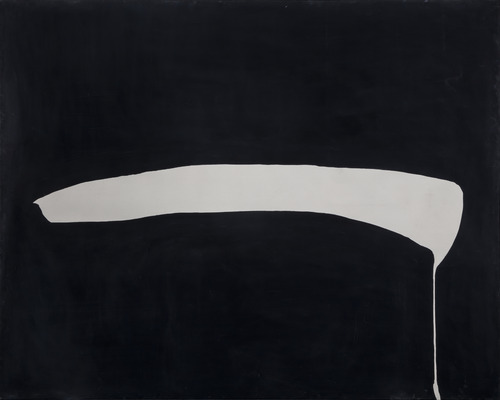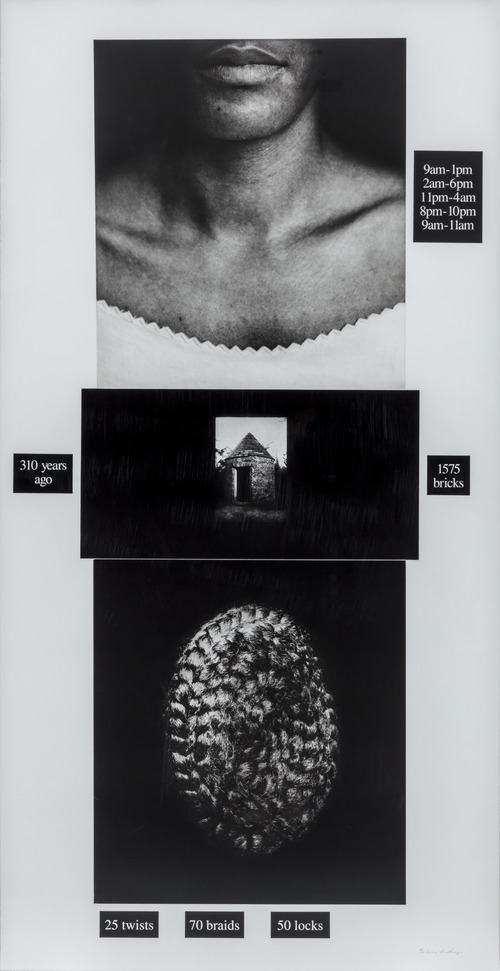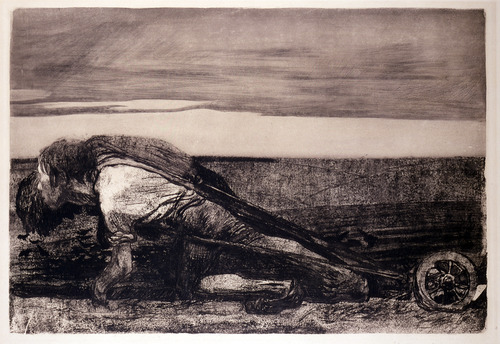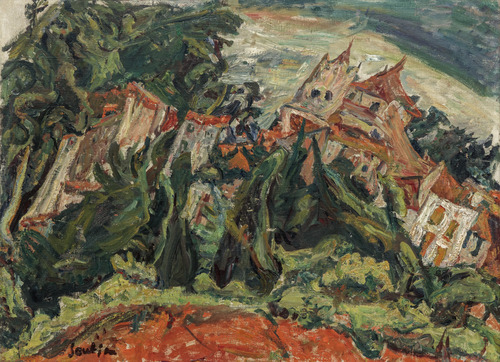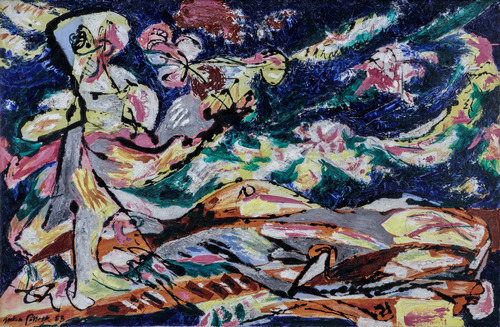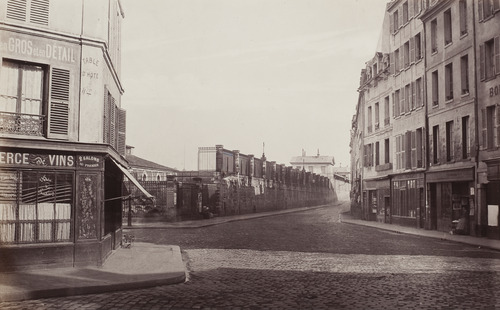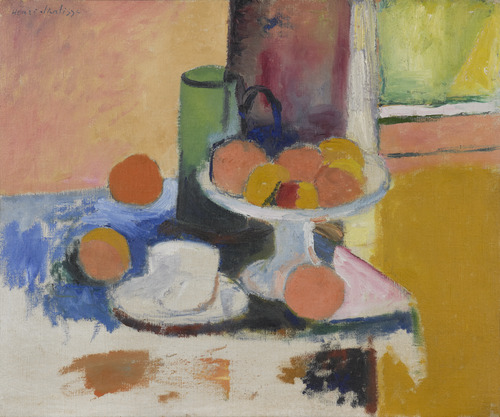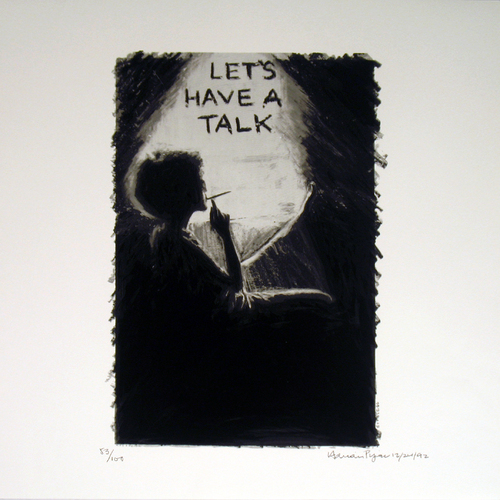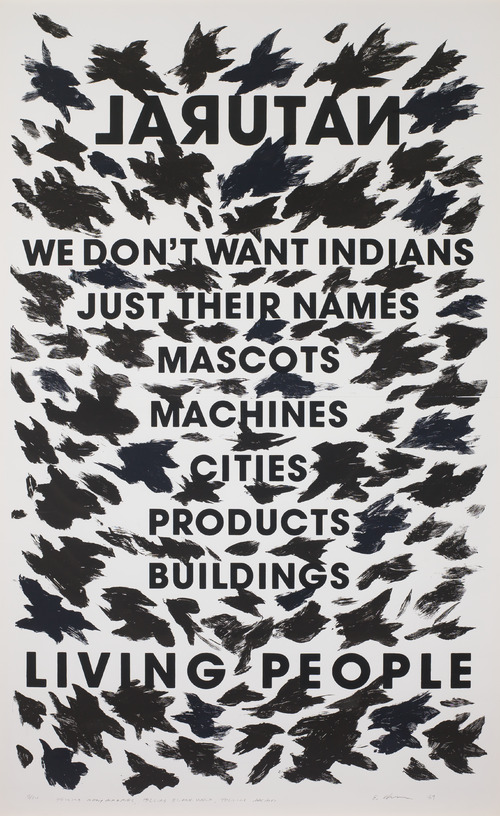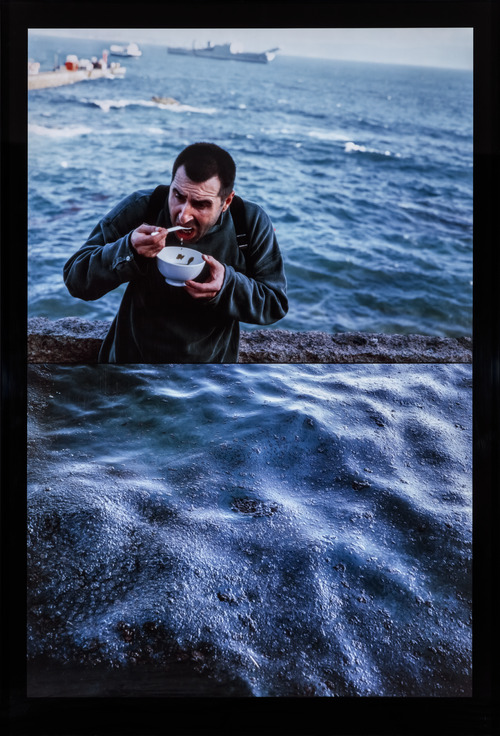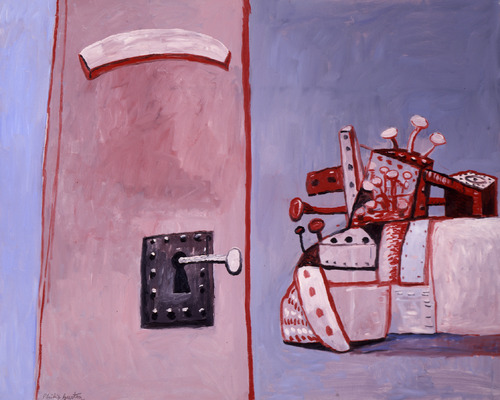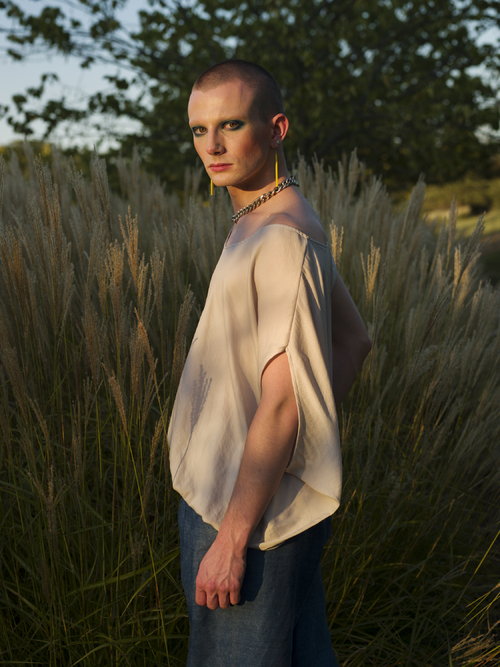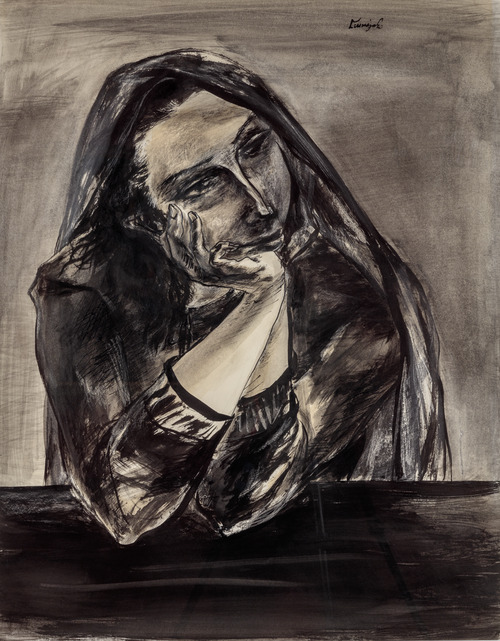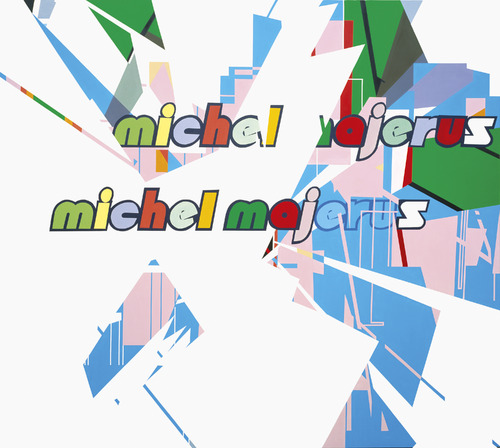Collection
A
B
C
D
E
F
G
H
I
J
K
L
M
N
O
P
Q
R
S
T
U
V
W
Y
Z
go to Collection Highlights page
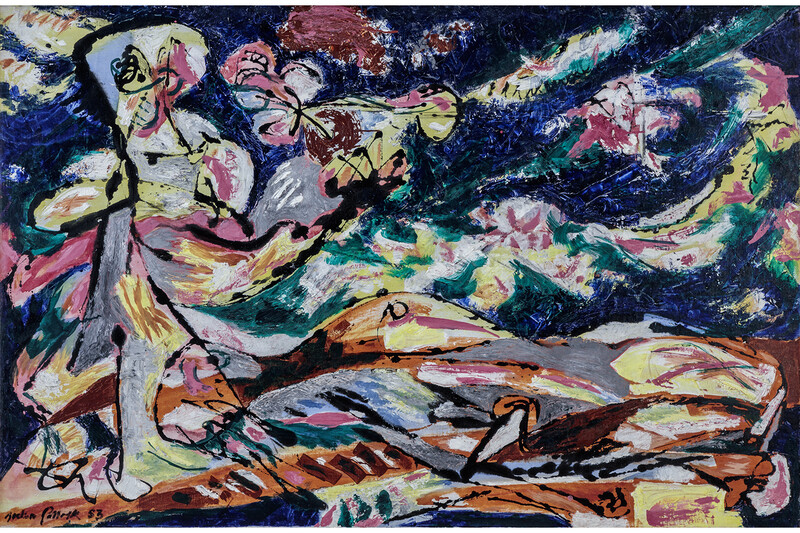

Collection Highlights
Explore highlights from our collection of over 8,000 artworks.
go to Artworks Currently on Display page
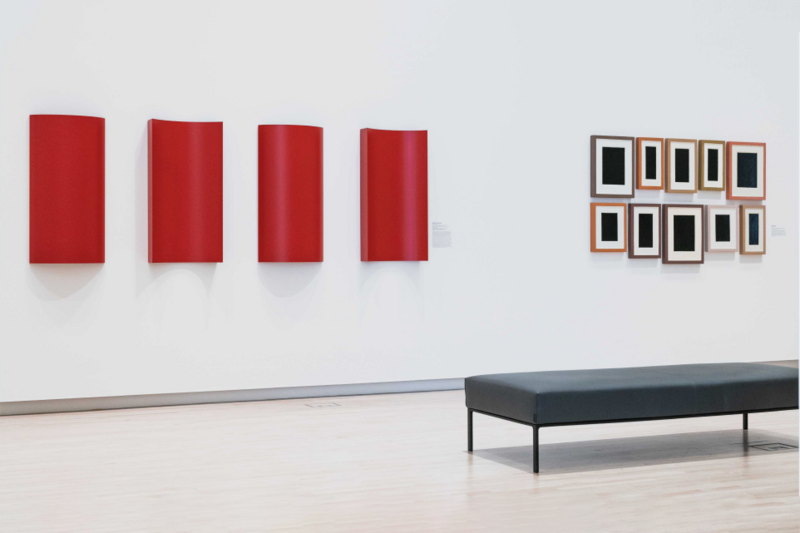

Artworks Currently on Display
Browse artworks that are currently on view in the Museum's galleries.
go to Art on Campus page
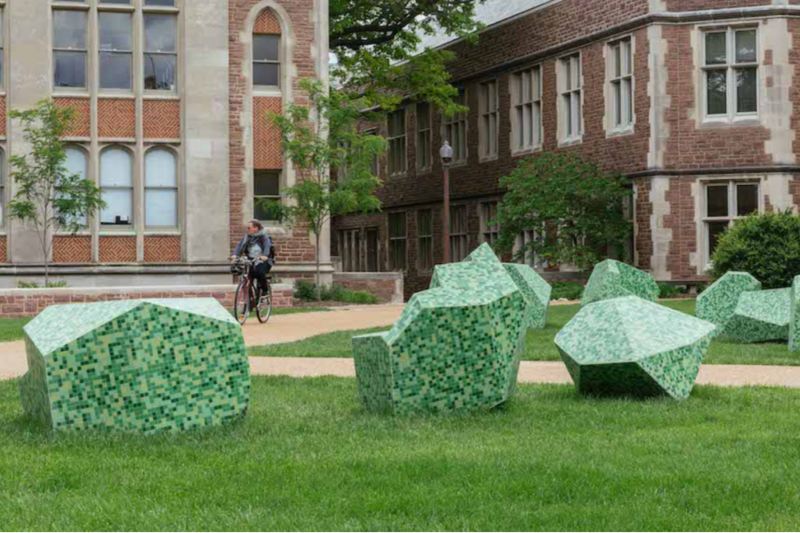

Art on Campus
The Art on Campus program is a growing collection of public artworks by nationally and internationally recognized artists.
go to Artworks with Learning Resources page
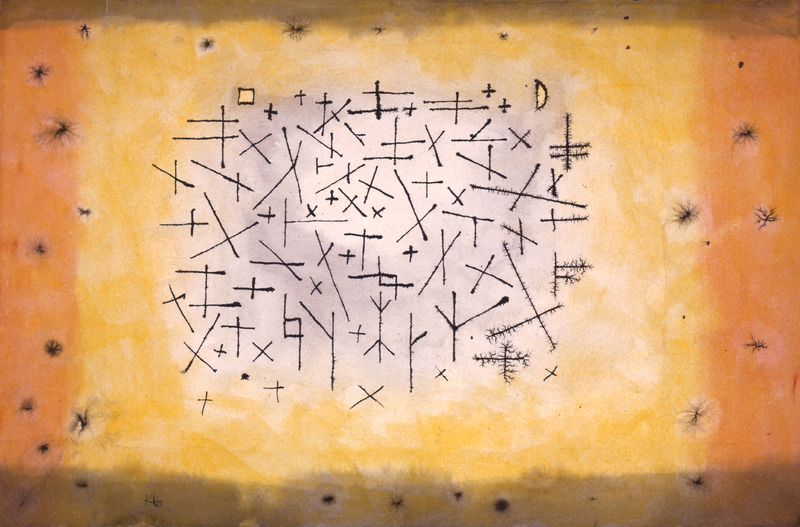

Artworks with Learning Resources
View artworks with related activities, essays, guides, and videos.
